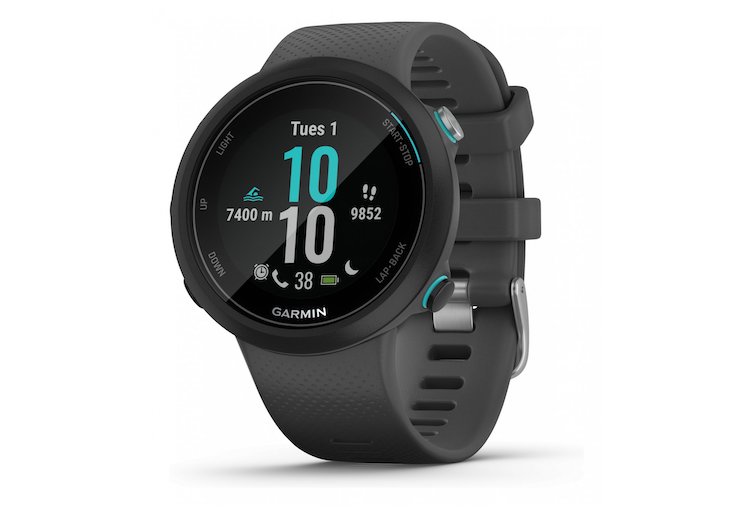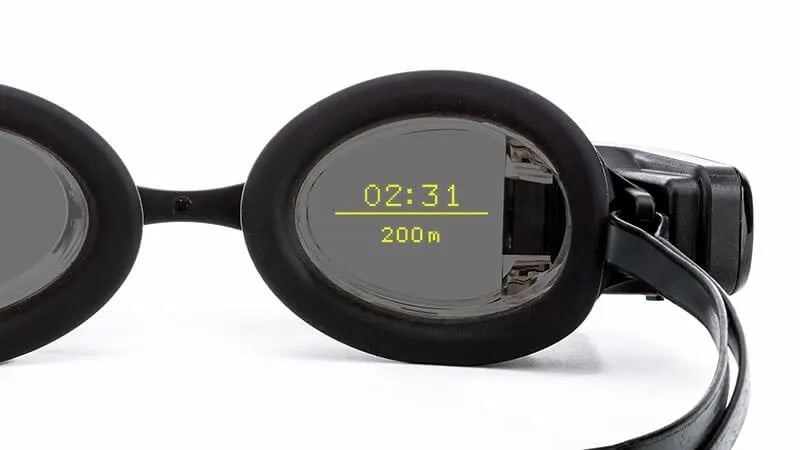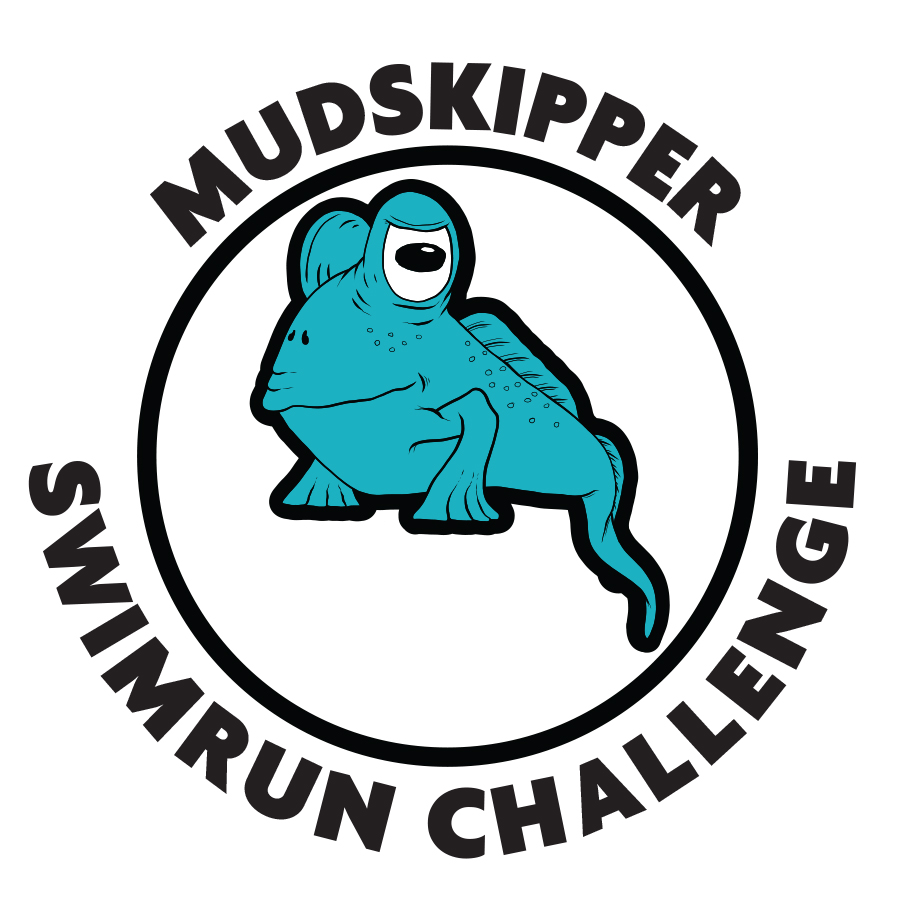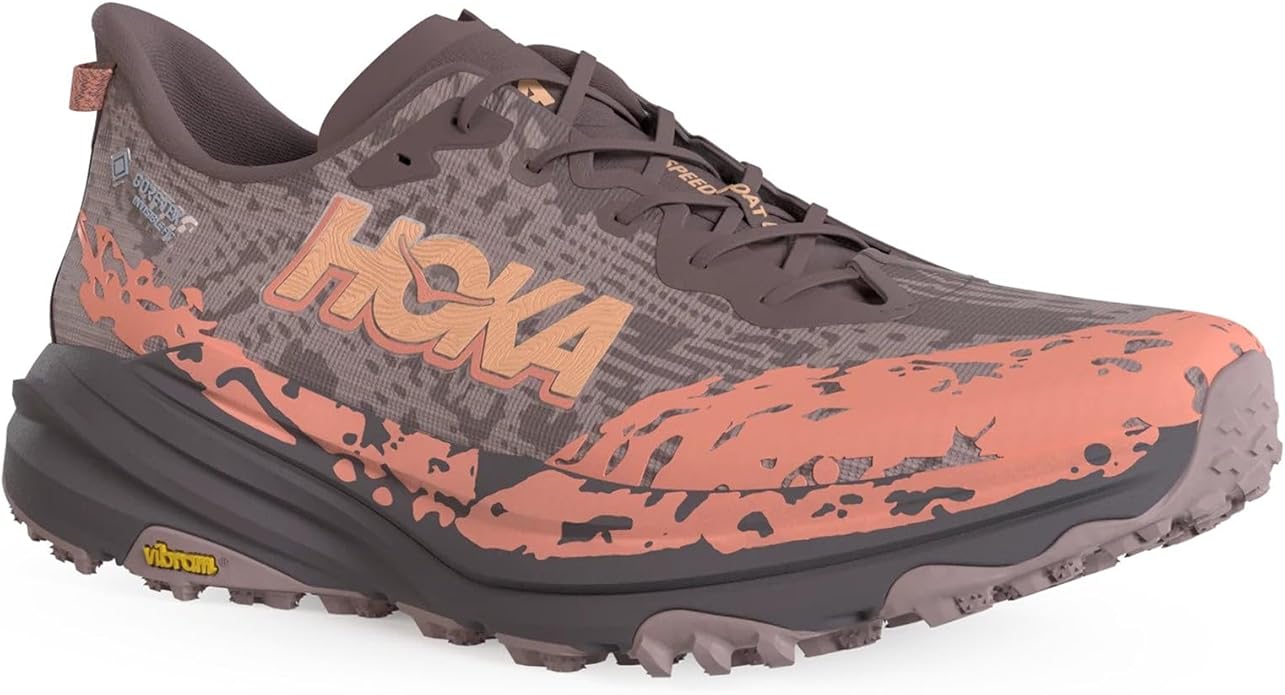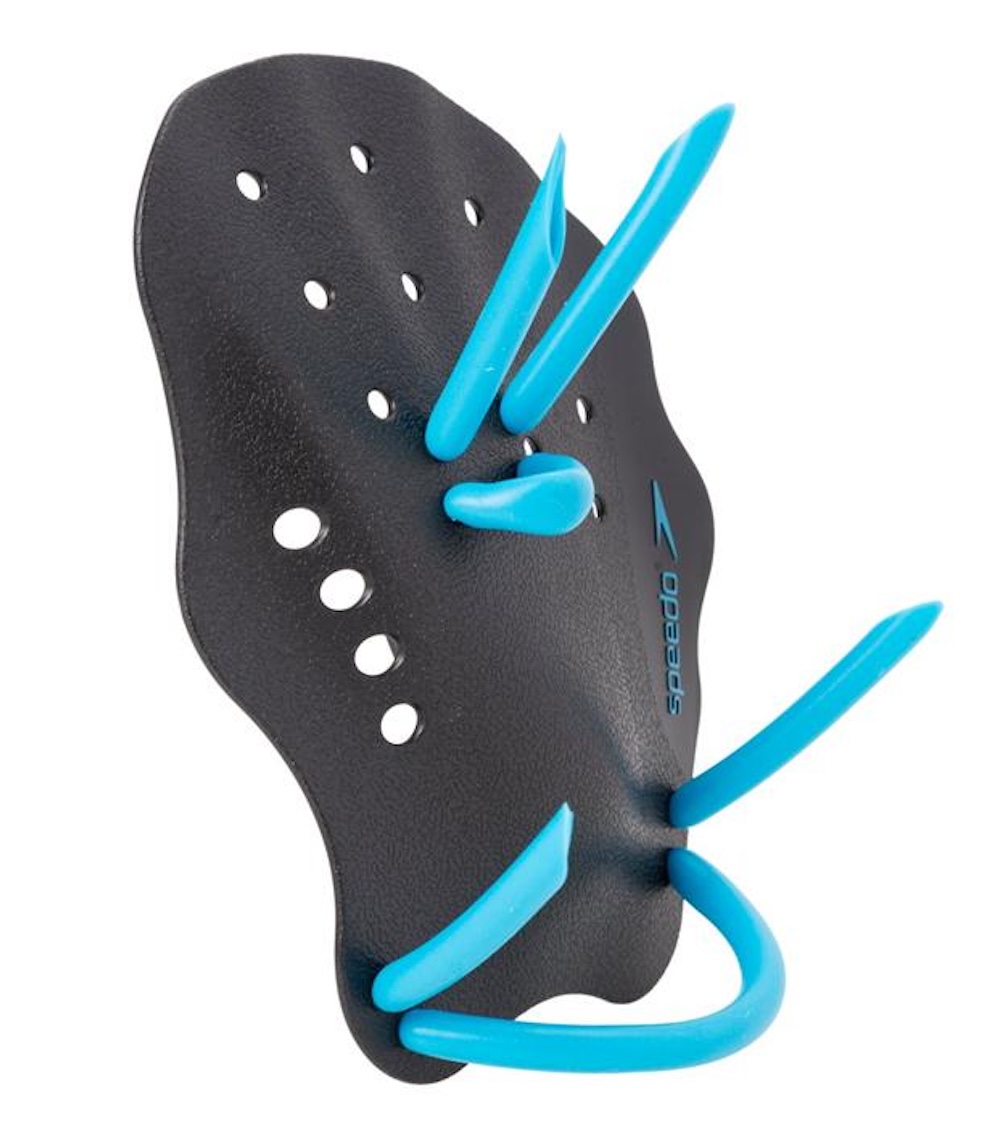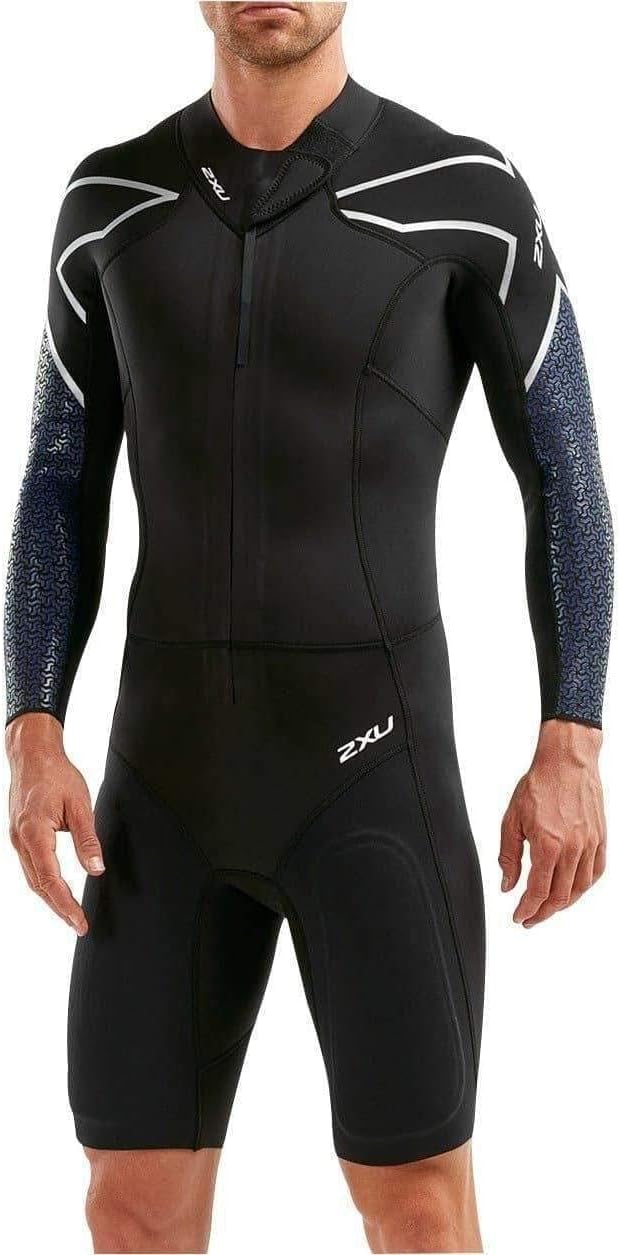Swimrun Rescue
By Richard Mitchell and Mogsy Ford
Updated January 2025
This page highlights Swimrun rescue while undertaking the endurance sport of Swimrun, where you are often out in the wild nature with your partner!
We cover aspects of safety issues while swimming, how to perform CPR, how to use your mandatory pressure bandage and the risk of hypothermia while in cold waters.
Do please contact us with any safety aspects you think we should add to this page - always remember to take care of each other during any race/training.
Check out the Swimrun Rescue video below - learn how to rescue your friend/ partner. This is a must for every open-water swimmer and swimrunner.
Remember: NEVER SWIM ALONE!
For great accuracy and detailed swimming data, check out the Garmin Swim 2 GPS smartwatch for the pool and open water!
For more information and the best price check out Amazon HERE!
Swimrun Rescue by Svenska Livräddningssällskapet
Hypothermia - How to Spot It!
A lot of Swim run races take place in relatively cold water. If the swim sections are not too long and you have an appropriate wetsuit, then it's unlikely that you will be in danger of hypothermia. At worst, you will just feel cold!
BUT if the water is below 14 degrees Celcius and the course involves more than 2km swimming at any point, then there is a possibility of your core temperature dropping, ie. hypothermia.
There are a few indicators that you should be aware of in yourself, and watch for in your team mate;
1. Uncontrollable shaking. This is a step up from shivering - your whole body is shaking, as your system tries to generate heat by causing muscle contractions. Unfortunately this is not very efficient - your core temperature does not change much, and you burn a lot of energy in the process!
2. Making bad decisions. At the moment, the choice you make seems reasonable enough, but after a few minutes you realize that you made a bad decision about something. And you wonder why. At this stage you still have enough mental capacity to work out that something odd is happening. But you don't know what. Yet.
3. When you KNOW that the water has been cold, you have felt cold, and you have noticed extreme shivering and bad decisions, then when the water starts to feel WARM, and you even want to wallow around a bit because it feels warm, ALARM BELLS SHOULD BE RINGING.
This is what has happened: your skin blood circulation has shut down, to preserve your core temperature. But with a very low blood circulation to your skin, it cools down very rapidly, and actually becomes COLDER than the surrounding water. This is why the cold water feels WARM.
At this point, you are on the verge of hypothermia. Your body has used all it's tricks to preserve core temperature. The next step is delirium followed by loss of awareness.
The only solution is to GET OUT OF THE WATER as quickly as possible, get out of the wet wetsuit (at least take the top down), dry off and wrap up in warm towels or blankets. Next is a hot drink such as hot chocolate, tea or soup. After this, you should better quite quickly.
Read about my close brush with hypothermia at the Ötillö Isles of Scilly World Series event in June 2019 HERE.
 Recovering from my brush with hypothermia
Recovering from my brush with hypothermia
How to use your Mandatory Pressure Bandage
The video below shows how to use your mandatory pressure bandage - it's not a real injury but looks incredibly like one!
How to Do CPR
Hopefully this situation won't arise but everybody should be aware of how to perform CPR. The following video explains...
This is a new page that we are going to be adding to all the time, but we wanted to get the rescue video 'live' on the site as it is so important to watch.
Monitor your activity and performance while you are swimming with the
CLICK HERE for further details and the BEST PRICE at Amazon!
www.swimrun-advice.com works with the following Swimrun companies:
